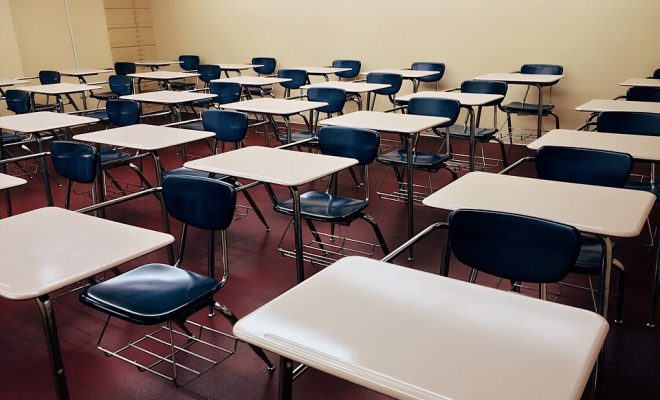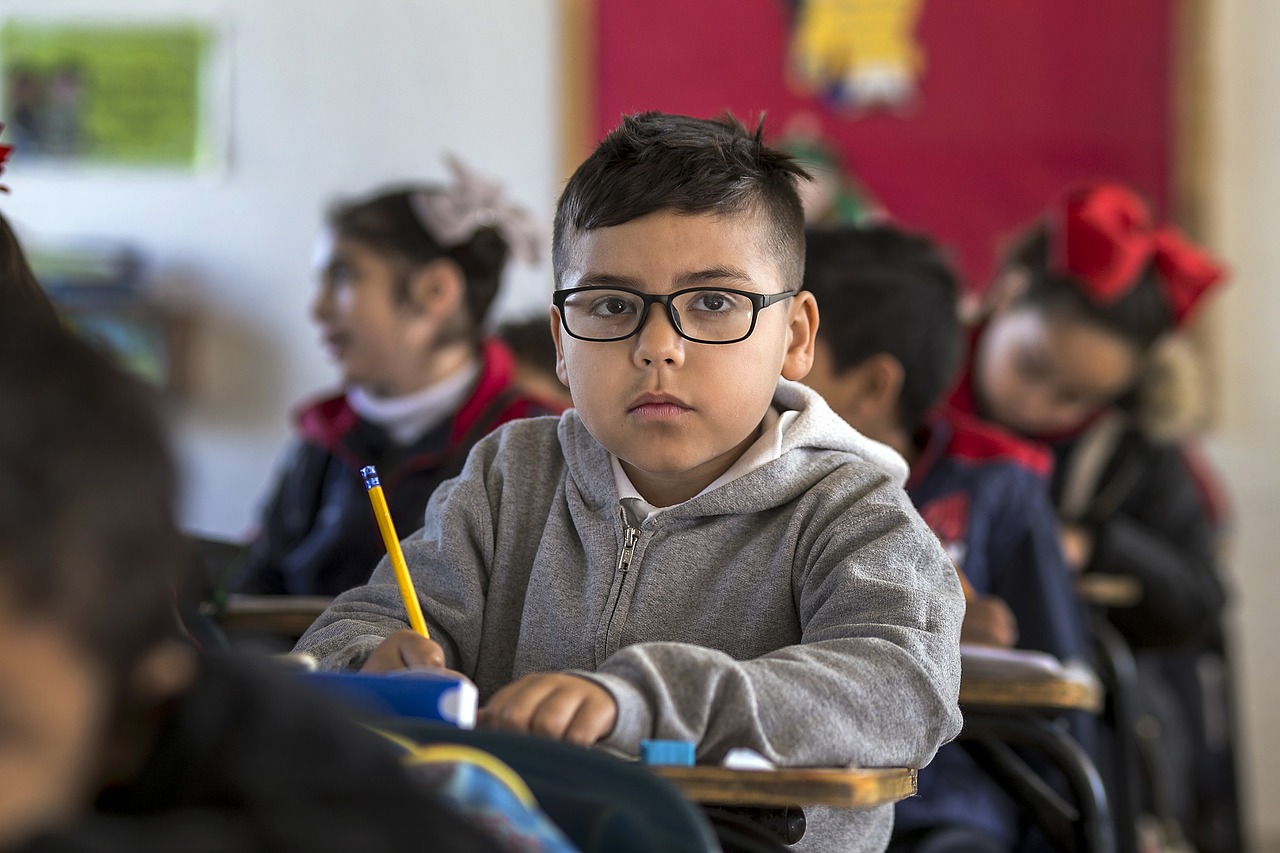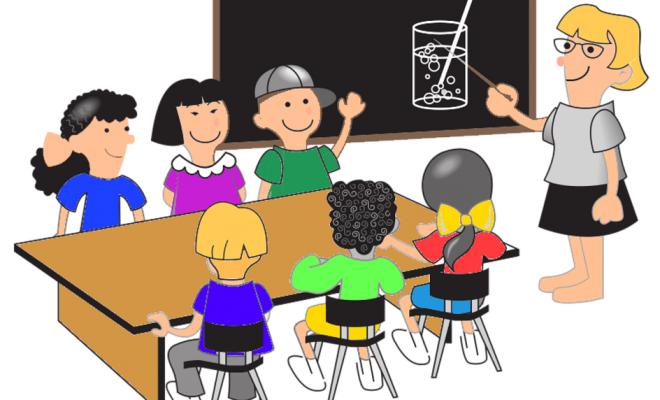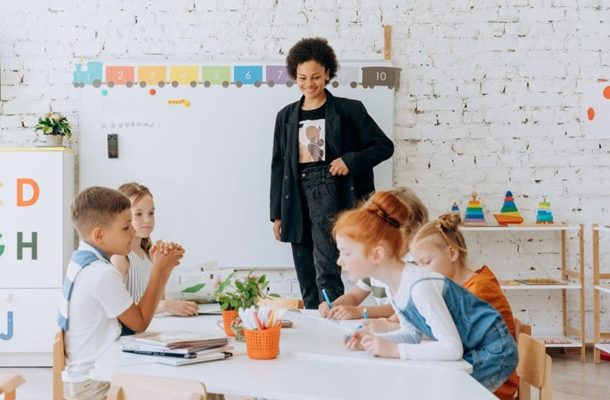Why you need a multi-tiered behavioral support approach
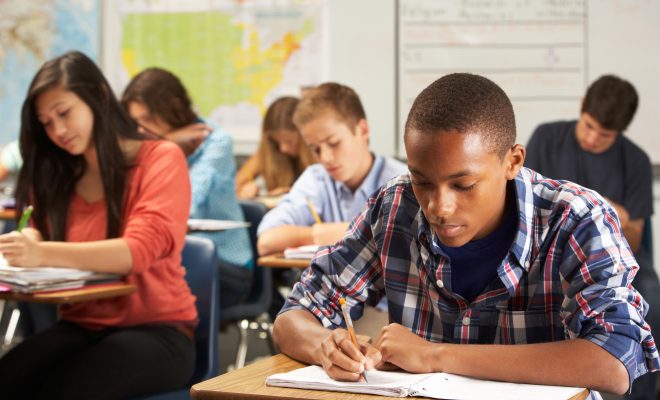
Many students go to school and never have significant behavior problems. Some students have outbursts, but they are taken care of in class, with little disruption to instruction. Other students, however, seem to stand out for getting into trouble. They’re the ones frequently sent to an administrator’s office.
All of these students need a multi-tiered behavioral support approach. This approach is the most effective way to help children face and overcome issues before they become larger problems.
Effective schools explicitly teach positive behaviors. They develop positive schoolwide and classroom specific procedures so students know what’s expected in every part of the school. There is no doubt which actions are acceptable and which aren’t.
Children who misbehave, however, have a need they aren’t getting met. When students can’t or won’t follow the procedures, it’s time for intervention.
When you combine Positive Behavior Intervention Support (PBIS) with Response to Intervention, you get a multi-tiered behavioral support approach that helps students be successful.
The three tiers of positive behavioral support
Schoolwide PBIS emphasizes proactive strategies that identify and teach the behaviors necessary for a positive school environment. The goal is to reward students who demonstrate the positive behaviors and to provide additional support for students needing intervention.
Tier 1
This tier provides the basic foundation for school rules and routines, all of which are framed positively. A school that wants to improve safety might want to stop runners in the hallways. Rather than write and teach a rule as “no running in the halls,” school staff would reframe the statement as “walk in the halls.” Then teachers and staff would reward students for exemplifying the behavior they want to see.
Tier 2
Students who repeatedly exhibit negative behaviors may be eligible for Tier 2 intervention. They may require differentiated routines and rewards to help them increase their instances of positive behavior. Interventions may include time with a counselor, a change in line position when walking in the hallway, or additional praise when seen doing the right thing.
Tier 3
Only 5% or fewer students need Tier 3 supports. Their frequent patterns of misconduct require intensive support such as de-escalation techniques and prevention of self-harm and harm to others. Interventions may require a support team consisting of school employees and family members.
Response to intervention
Although it began in response to assuring that students with special needs were getting the support they needed for instruction, response to now includes all students.
An effective RTI program is based on the idea that placement in any tier is flexible. Students may move fluidly from tier to tier based on the level of support necessary.
Most notably, the tiered approach behavior instruction is also equally applicable to tiered instructional approaches. Students having little to no academic trouble rarely have behavioral issues. Student demonstrating extreme behavior issues may be having academic difficulty.
Why it works
PBIS and RTI combine to form a holistic approach to intervening on behalf of the child. In a multi-tiered behavioral support approach, no child is left out.
With a multi-tiered behavioral support approach in place, kids get the help they need when they need it the most.


